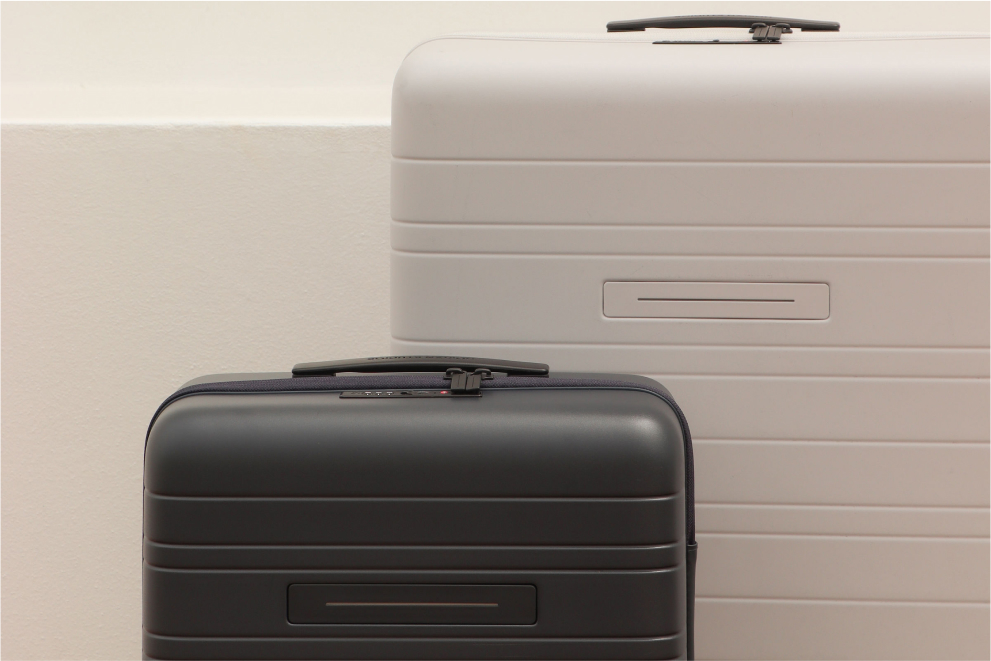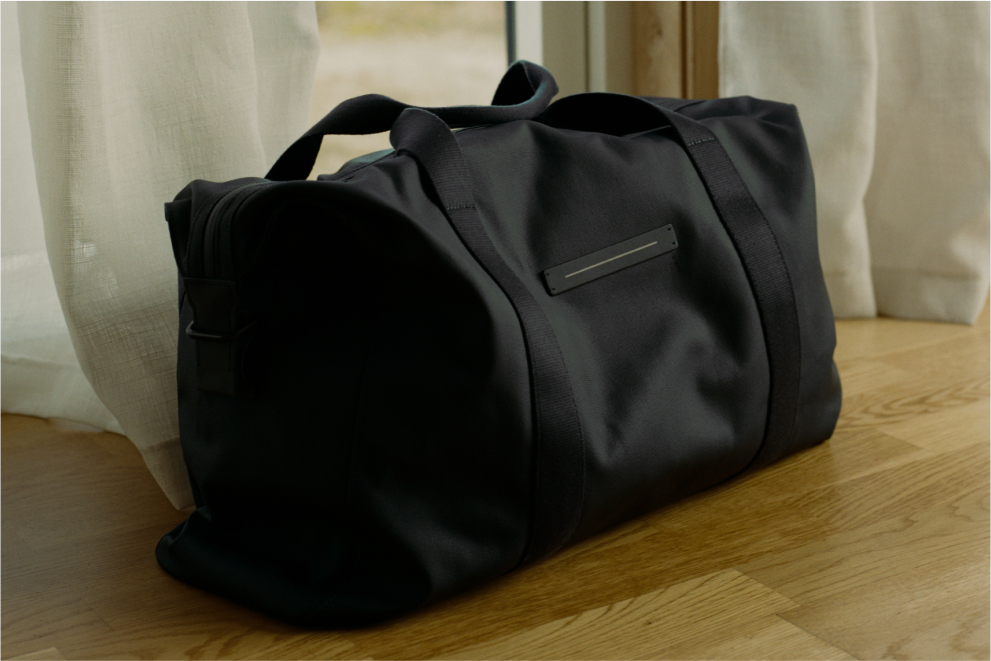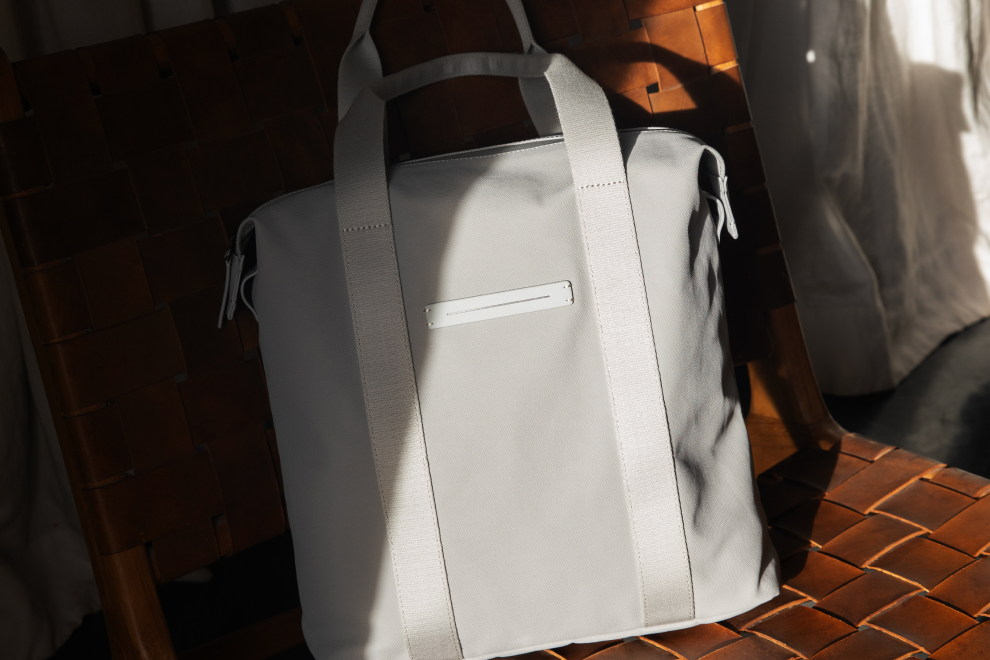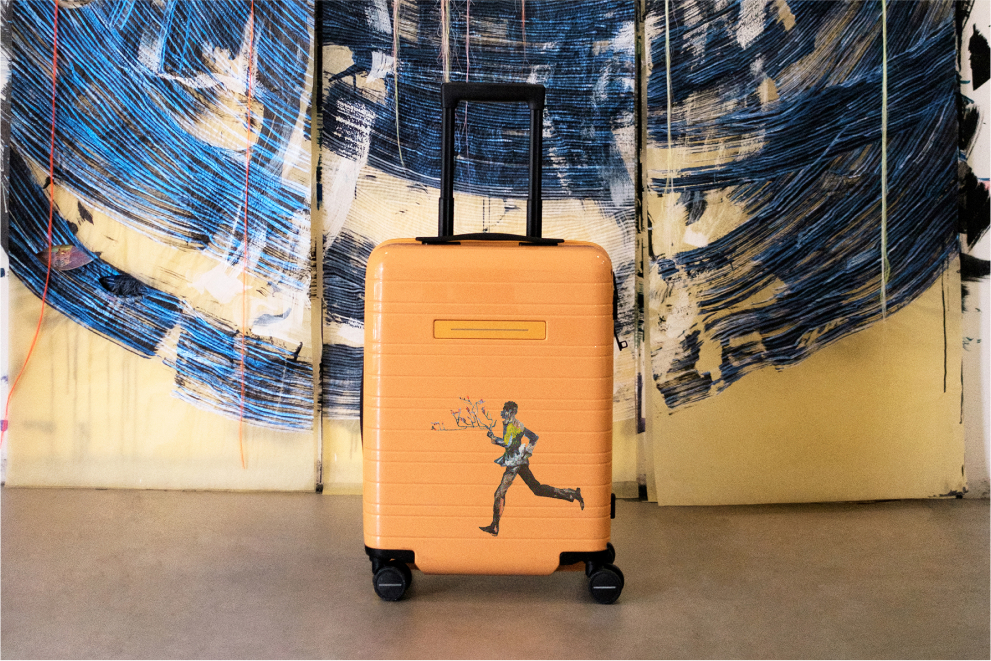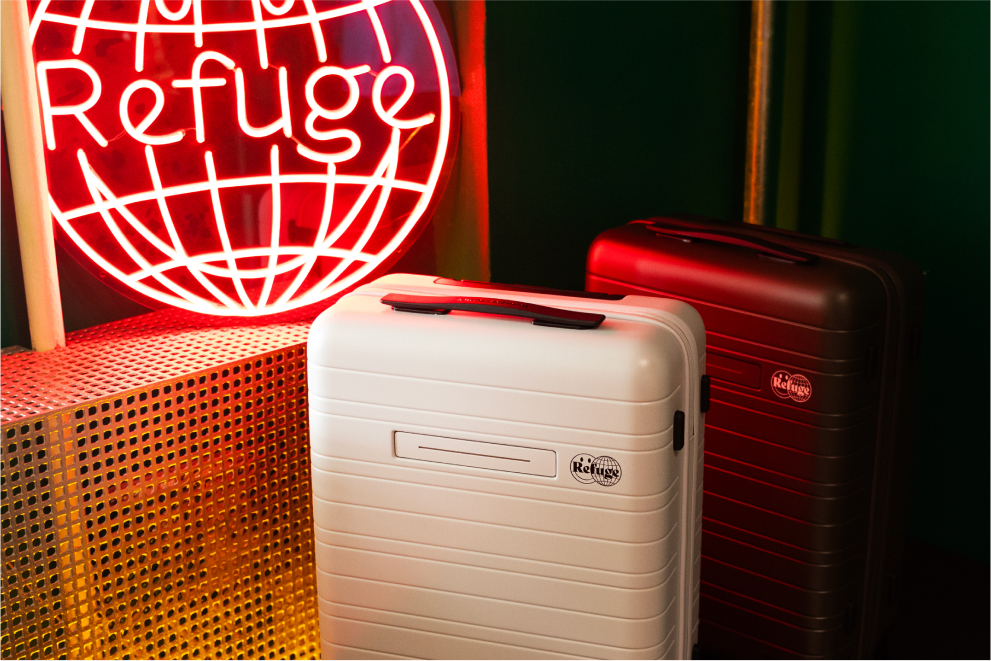We Don’t Need Another Hero
An interview with this year's Horizn Biennial Award’s jury chairs Gabi Ngcobo & Gaby Horn
In 2018, we partnered with the 10th Berlin Biennale for Contemporary Art and its director Gabriele Horn and curator Gabi Ngcobo for the Horizn Biennial Award. Minia Biabiany was selected as the recipient of the very first Horizn Biennial Award for her work “Toli toli”. With the Berlin Biennale ending on Sunday, 9 September, we met Gaby Horn and Gabi Ngcobo, who were asked to nominate three participating Biennale projects for the Horizn Biennial Award, for an interview. Have a read below.
What a dream team: Gabi and Gaby! How did the two of you meet?
G.H.**: We first met at the 8th Berlin Biennale in 2014 with the Center for Historical Reenactment, presenting its project Digging Our Own Graves 101, but our paths already crossed even before during the 5th Berlin Biennale.
Why are biennials so important for the art world today?
G.H.**: Biennales are extremely important because they make productions and discourses outside of the classic institutional framework possible and visible. They foster new productions that are not necessarily compatible with the art market or suitable for a museum.
What makes this 10th edition special in your eyes?
G.H.**: I think every Berlin Biennale is special in itself. Every edition has its own agenda and its own rhythm. However I consider this Berlin Biennale as extremely timely; it is important that we are doing this exact Berlin Biennale at exactly this point in history in this exact city.
Could you explain your main theme to us in a few words?
G.N.**: The title of the Berlin Biennale is “We don’t need another hero”, borrowed from Tina Turner’s song with the same title. It rejects the collective desire for a saviour and any coherent reading of histories. The 10th Berlin Biennale tries to explore the political potential of self-preservation. The questions is, if we don’t need another hero, what is it that we need? We want to ask that question.
Where did you get your inspiration from for this theme?
G.N.**: The 10th Berlin Biennale is a continuation of my curatorial practice, in which I cooperate a lot with other people, which I also wanted to do here. Only when in dialogue can we ask the right questions, so I gathered a curatorial team, consisting of Nomaduma Rosa Masilela, Thiago de Paula Souza, Serubiri Moses and Yvette Mutumba. So we developed this exhibition all together.
From the three artists you proposed, the Horizn Art Programme selected Minia Biabiany as the winner of this year’s Biennial Award. What fascinates you about Minia and her work?
G.H.**: I really admire her work. It is a powerful commentary on ancestry, tradition and identity. However, at the same time, it is very poetic and strongly engages with the physical space.
Berlin has been a destination for artists and creative minds for a long time. How do you perceive the recent development of Berlin as a creative hub and melting pot?
G.H.**: Berlin was this wild city in the ’90s when the Berlin Biennale was founded. It’s first edition was merely a bold statement. We never knew if there would ever be a second Berlin Biennale. So this was the spirit in Berlin during that time. Today, things have changed. You can say that Berlin grew up in a way. Things are much more professionalised today, which also comes with a lack of off-spaces and an increase in living costs. However, Berlin is still an important place when it comes to the production of art but also its surrounding discourses.
For art lovers, biennials are often associated with travelling. What is your go-to art place in the world – be it a periodical exhibition, an institution or maybe an artist studio that you always love coming back to?
G.H.**: Travel in general is an educating activity that is important to broadening your horizon.
